Blog - The Psychology of Custom Packaging in the Retail Landscape
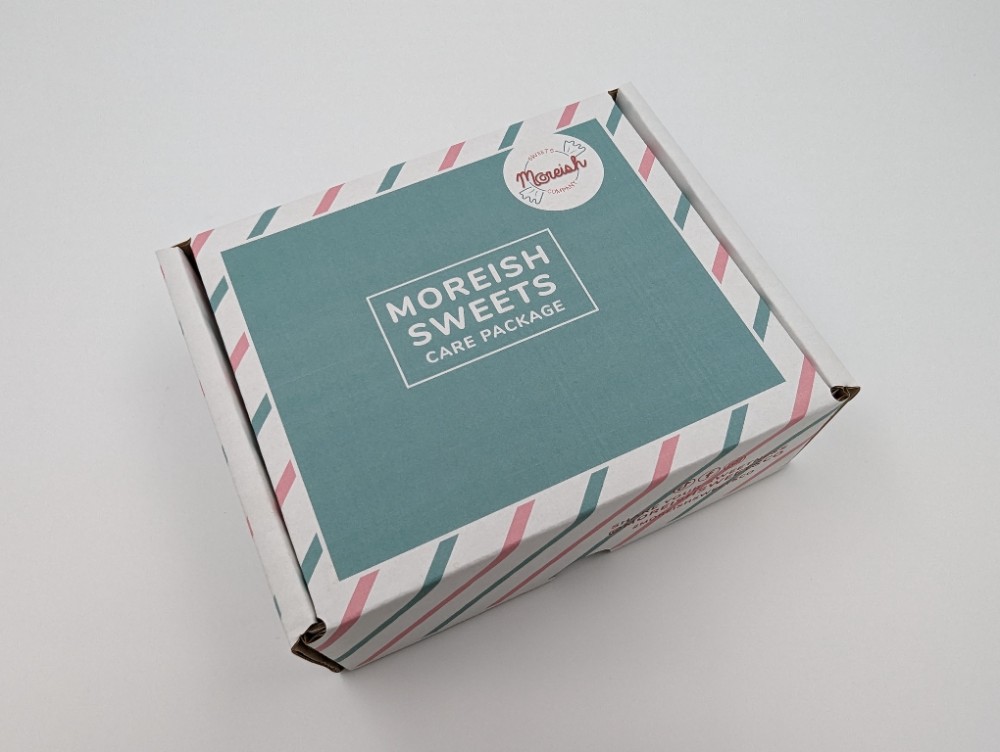
Below, we explore the psychology and science behind powerful retail packaging, including strategies that go beyond protective casing. Learn everything you need to know about creating packaging that speaks directly to your customers' conscious, and subconscious, needs and how this can be applied to custom-printed packaging.
A 2018 study by WestRock, for example, found that packaging aesthetics can influence consumer decisions in several ways, with a significant 72% of respondents having purchased a product because of appealing packaging. The study also showed that the visual appeal of packaging went beyond enticing customers as well, encouraging repeat business with 63% of consumers re-purchasing a product because of packaging aesthetics.
Packaging reinforces positioning such as premium, affordable, innovative or eco-friendly. Design choices like sleek, retro or minimalist aesthetics further align with target consumer lifestyles and values, tapping into the self-expression shoppers seek.
Shoppers are drawn to packaging that complements how they see themselves or aspire to be seen. With seconds to make an impression, packaging must create a positive emotional response and a psychological connection to the brand. The right blend of tangible and intangible cues harnesses the power of packaging psychology in retail.
By understanding and leveraging these, retailers can create packaging that resonates psychologically and emotionally with target audiences.
According to a study by Singh, up to 90% of judgements made about products can be based on colour alone. This means that, unless it's a conscious choice, a plain brown cardboard box simply won’t do when placed next to an eye-catching, appealing packaging design.
Studies also show that colour increases brand recognition by up to 80%, which can be incredibly powerful when 59% of customers would choose to spend their money on familiar brands. While associations can vary across cultures, different colours typically trigger distinct emotions that can align with brand positioning:
- Blue conveys trust, security and dependability, prompting feelings of calm and peace.
- Red signals excitement and urgency. It's eye-catching and enhances appetite appeal.
- Green promotes health, nature and wellbeing. It's increasingly associated with eco-conscious brands.
- Purple elicits creativity and sophistication. It's often used for premium, high-end products.
- Black denotes luxury, elegance and exclusivity due to its bold contrast.
By selecting colours strategically aligned to your brand attributes and target psychographics, packaging can tap into shopper psychology and begin to influence purchase decisions.
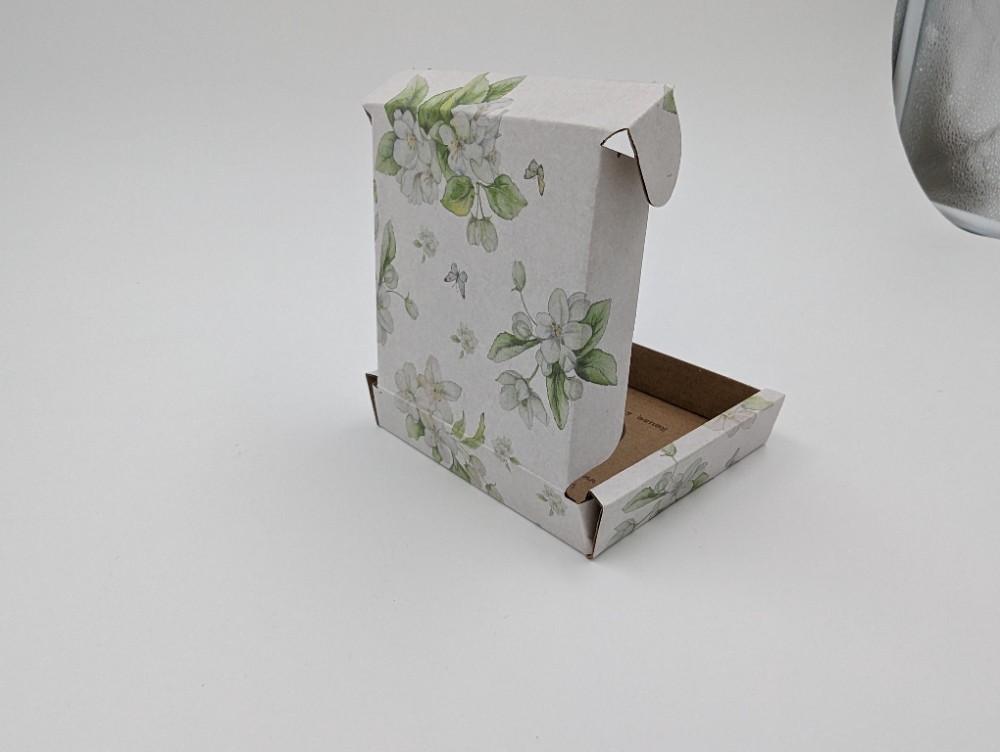
Shapes also relate to brand personalities. In logos, for example, an organic shape reinforces natural, familiar brands while geometric shapes signal innovation and big ideas. Selecting shapes which are purposefully aligned to target consumer psychology ultimately gives packaging higher visual impact and retention.
Readability also impacts customer satisfaction. Hard-to-read, intricate fonts lead to frustration while clean, legible fonts aid shopability. Ultimately, typography should reinforce your retail branding, such as elegant scripts for premium fashion brands or bold sans-serif texts for an outdoors brand.
Thoughtful typography harmonises with other design elements to present a unified personality and style that resonates psychologically with the target shopper's mindset and values.
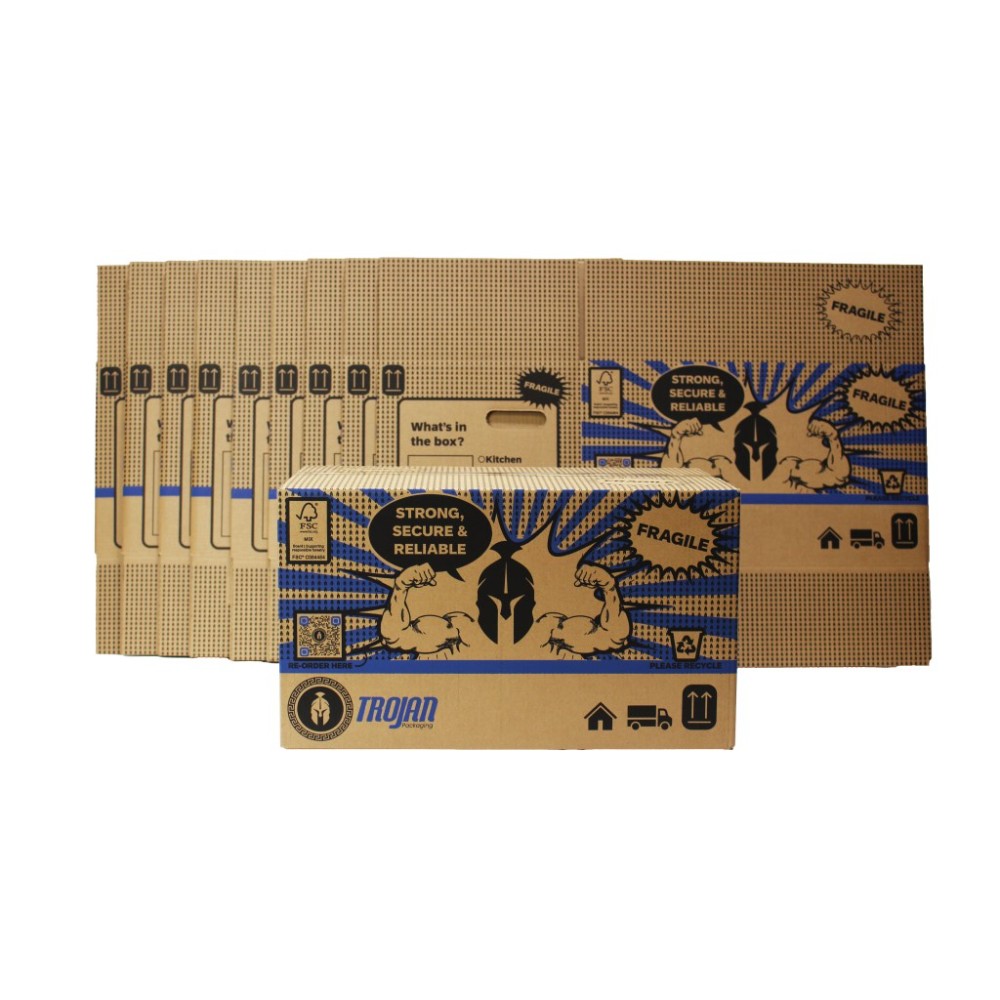
Photography style should also match brand positioning. An eco-friendly brand might feature natural light and green space while a luxury brand may use soft focus and warm tones to create a visual appeal.
Just as with face-to-face communication, expressions can tell a story. Laughter conveys joy, determination drives actions and serenity suggests relaxation. With strategic visuals, packaging can establish both functional and emotional benefits in mere seconds as shoppers browse crowded shelves, driving purchase motivation.
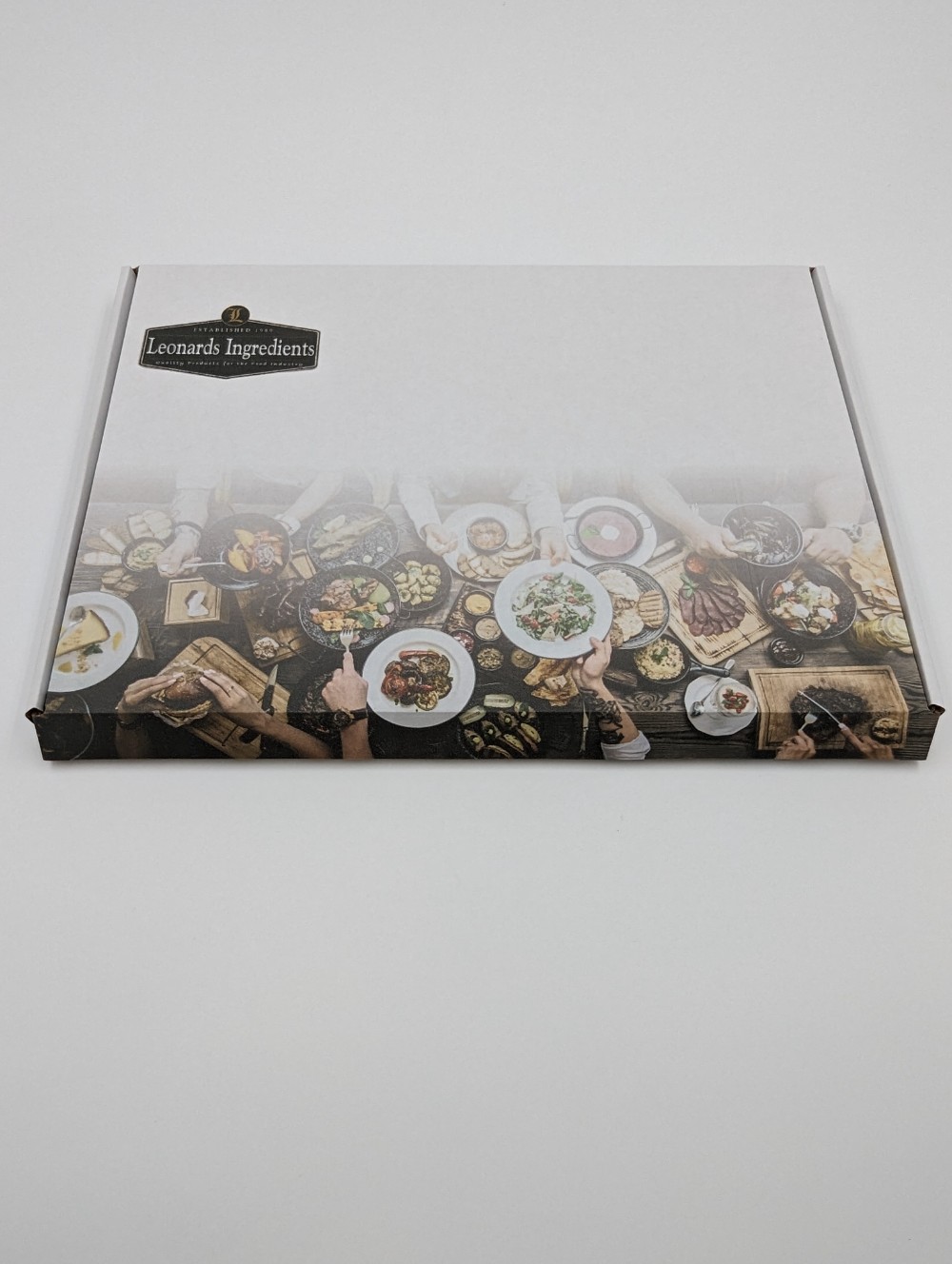
For example, smooth, glossy coatings might feel elevated while matte finishes seem earthy and natural. Soft-touch laminations could connote care and gentleness for personal care items, and sharp product edges precision compared to rounded corners.
By aligning textures and materials to brand positioning, packaging can establish tangible sensory cues that reinforce intangible value. As shoppers interact with the products, a multi-sensory approach strengthens psychological connections and perceived worth when it most counts.
Packaging can embody brand personality, including values, passion points and purpose. It also serves as a backdrop for storytelling. Compelling narratives delivered through custom product packaging unique to your brand allow shoppers to align themselves with the lifestyle that a brand represents.
Tactile finishes, clever openings, keepsake packaging and share-worthy designs all provide interactive moments of discovery, enhancing the unboxing experience.
Above all, consistent colours, fonts, imagery and shapes build awareness while complementary designs across product lines and price points convey a unified image. A cohesive visual identity across packaging collections creates instant recognition and trust, paying dividends when you have invested time and money into the product packaging process.
- Visibility: Packaging requires ample shelf presence and visual impact to stand out amidst the competition. Design elements like bold, contrasting colours, intriguing geometric shapes, eye-catching patterns and transparent cut-outs grab attention when aligned with brand personality. Material selection should avoid glare and fading to maintain visual appeal.
- Handleability: An effective packaging redesign focused on ergonomic shapes and sizes improves handleability for staff stocking shelves and shoppers evaluating products. Easy-to-find, easy-to-handle packaging improves visibility and accessibility. Overwhelming shelf clutter can limit a product's sales potential, so optimising packaging for in-store navigation is crucial.
- Durability: From warehouse to shelves to home use, packaging must withstand repeated handling and transportation without tearing or collapsing. Functionality is especially key for high-turnover consumable products which see constant replenishment.
- Sustainability: As consumers increasingly prefer eco-friendly packaging aligned with their environmental values, sustainable materials provide differentiation. Eco-conscious packaging materials can meet customer expectations and by proactively optimising for emerging preferences, strengthen brand appeal and loyalty.
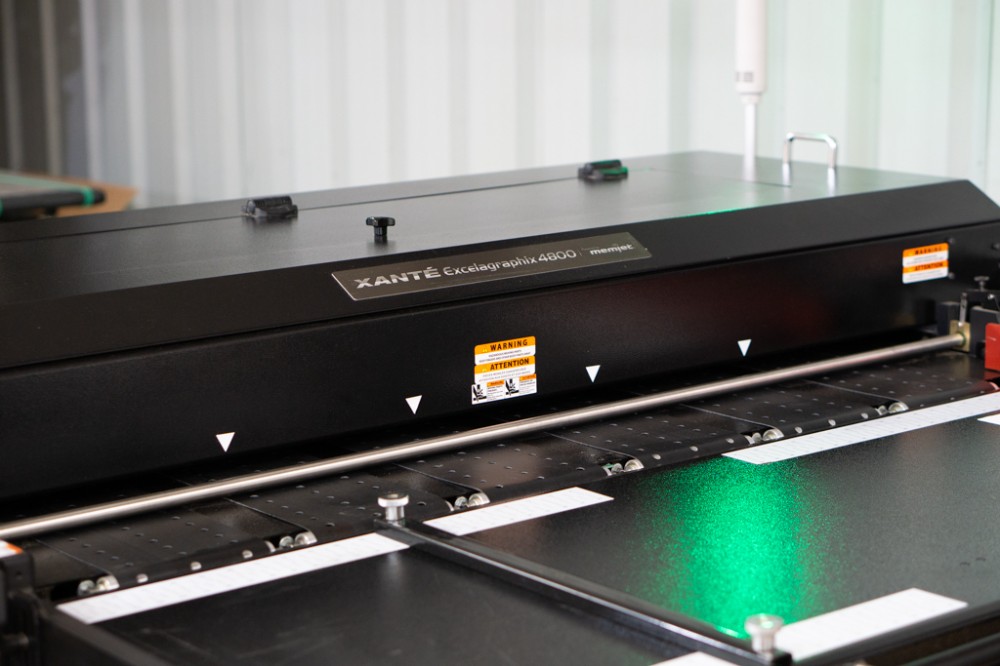
Our process is flexible and accessible, designed to cater to businesses of all sizes. With the ability to create one-off samples, we can be part of your retail brand’s design process with high-quality custom packaging, outstanding customer service and a cost-effective solution.
Ultimately, strategic packaging provides retailers with a competitive edge. In a crowded marketplace, standing out on shelves and forging lasting brand affinity through packaging helps boost success.
You can sign up for our email newsletter below to receive the latest promotions and offers and contact us today to find out more about our custom printed-packaging options.













